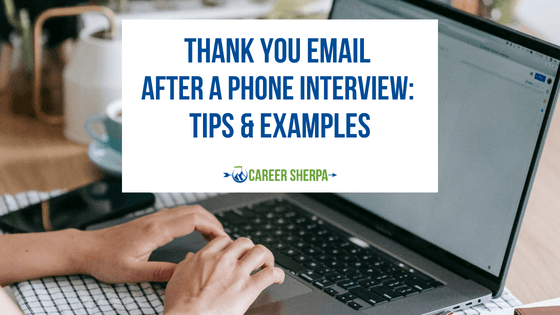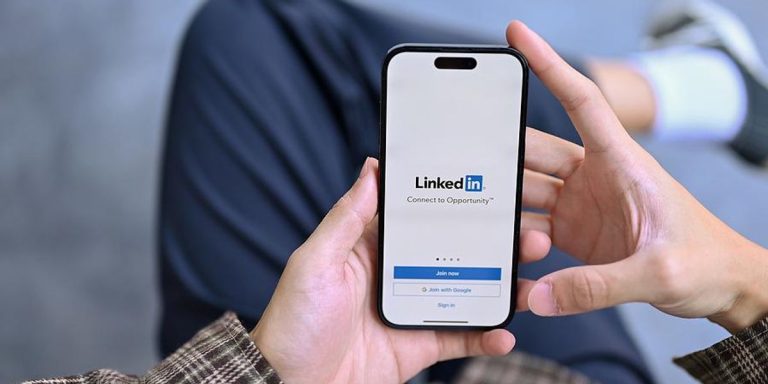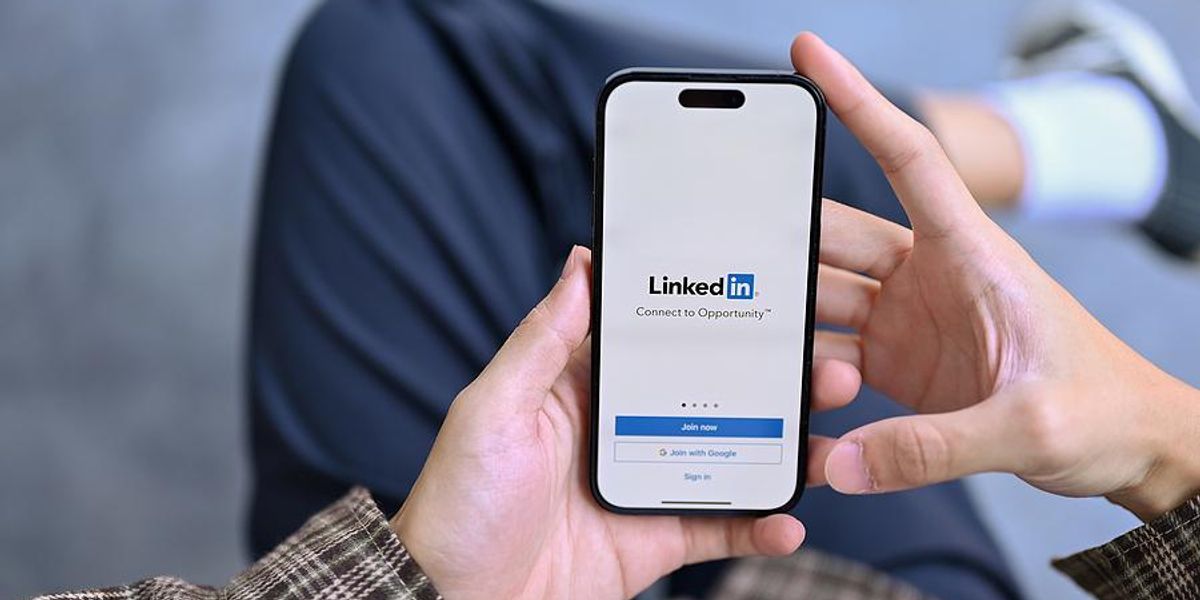3 Ways To Convey Quantifiable Information On A Resume

The words you choose to use and how you present information on your resume can dramatically impact the results you get. As a job seeker, you have to remember that your goal with your resume is to make an immediate impact by impressing hiring managers and recruiters with something you have that they want. One of the best ways to do that is to offer quantifiable information.
Quantifiable information allows hiring managers and recruiters to measure the degree of knowledge and skills you have to offer. It is a way to inform them about what and how much you can bring to the table.
To make an immediate impact with your resume, try these methods:
1. Provide Context And Scale To Your Information

When you think of quantifiable information, the immediate thought is to go to the results you’ve garnered. But on the resume, there’s more that can be quantified.
Don’t leave out the subject matter. You can talk about how many clients you managed, how many people on the team you had to oversee, or how many products you were involved in marketing across Europe. Putting a number against the subject matter can say a lot.
For example, when you say, “Managed the launch of products across Europe,” it tells a bit of information.
When you start to add in numbers like, “Formed 6 new partnerships within a year to support the marketing of 5 new products across 10 markets in Europe, which resulted in an increased of revenue by 90%,” it says a lot more.
Some other words to help you along the way include “doubled,” “tripled,” and “reduced by.” We recommend you add at least one number to each bullet point on your resume. If you can’t quantify something in that bullet point, it probably doesn’t belong on your resume.
2. Use Numbers And Figures

When you talk about results on your resume, you need to find a way to make it stand out. Putting it in a bullet point helps, but just as important is applying numbers and figures to the statement. When you add numbers and figures, it’s easier for the eyes looking over your resume to catch these bits of information.
For example, when you write, “Reduced time lag by eighty percent,” it’s not as easy to take notice of it.
When you show the actual numbers and figures like, “Reduced time lag by 80%,” it catches the eye much more quickly.
The general rule here is to show it when you canâdon’t spell it!
3. Toss Out Fluff Words & Talk About Real Achievement

Anyone can say they’re a go-getter, strategic thinker, results-driven… yadda yadda yadda. But why should the employer believe you? What proof do you have to back up those statements?
The point is to prove your abilities and skills as a professional on your resume. Work with words like “on time,” “under budget,” “improved,” “saved,” and “negotiated” while also applying appropriate numbers and figures (as discussed above) to help you make your point.
It’s about time you turn that resume fluff into quantifiable information! Once you see the difference it makes in your job search, you’ll never go back to the old way of writing resumes.
Today’s hiring managers and recruiters go through enough resumes each day to know when they have a candidate who’s a real winner and one that’s simply all talk on the resume.
When you put your experience in context and scale the subject matter, as well as apply numbers and figures with some of the suggested power words, your resume will come across with impact and results hiring managers and recruiters can’t deny as impressive.
Need more help with your resume?
Join our community to learn how to write an effective resume and UNLEASH your true potential to get what you want from work!
This article was originally published at an earlier date.


















































